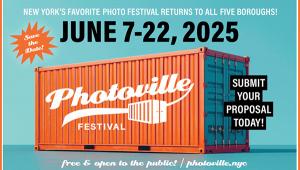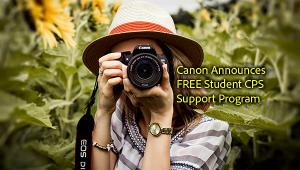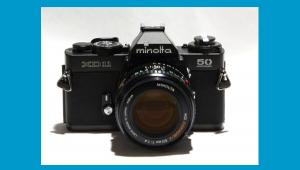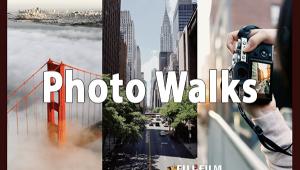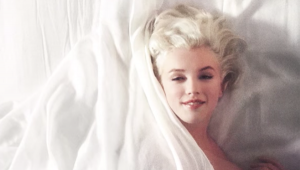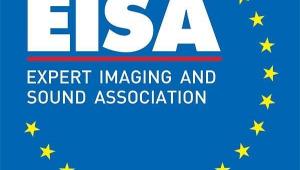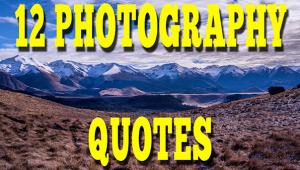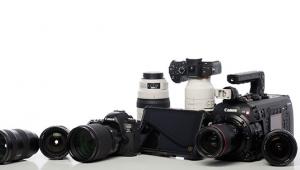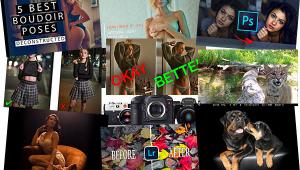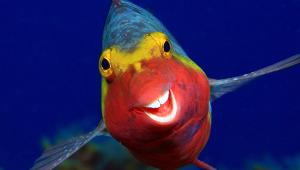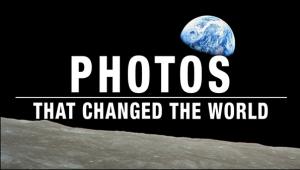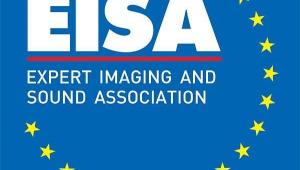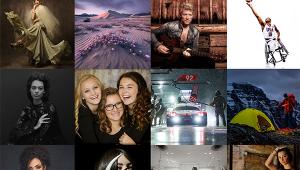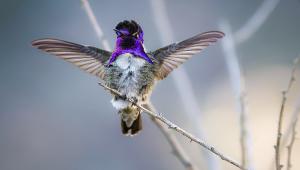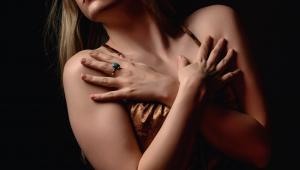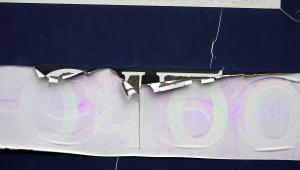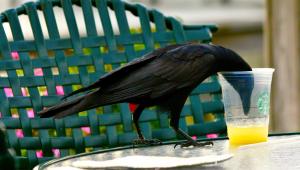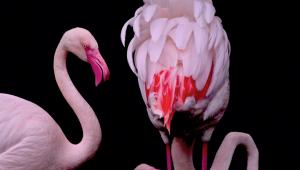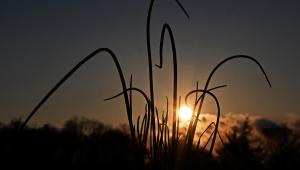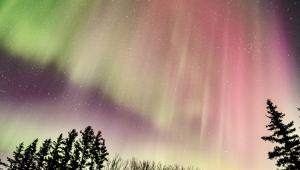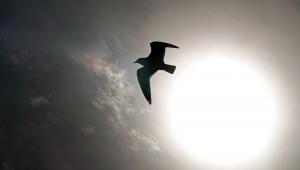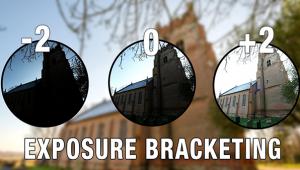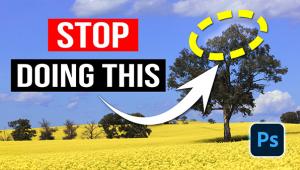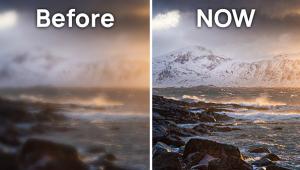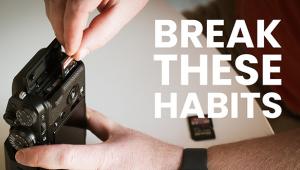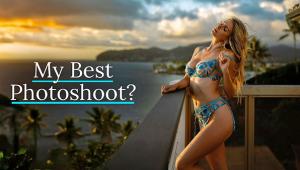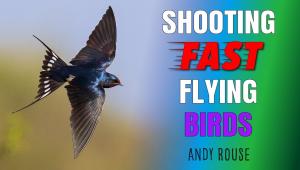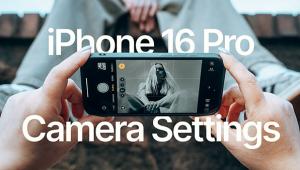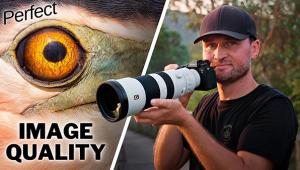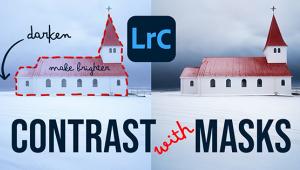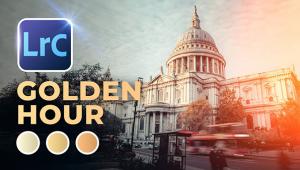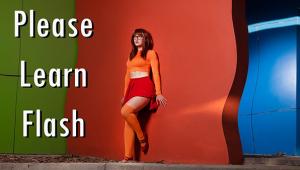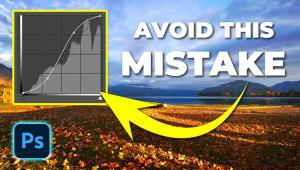Nikon's New D80 Digital SLR
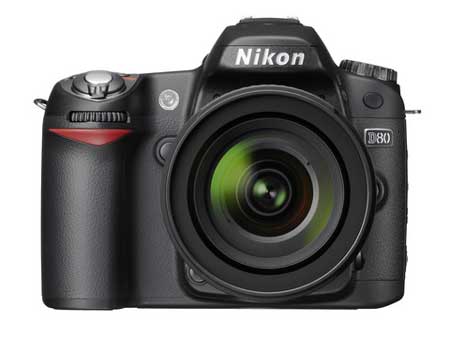
The D80 has a new 10.2 effective megapixel DX Format CCD image sensor and a
high-resolution color processing engine inherited from Nikon's latest
professional digital SLR cameras. The camera has upped speed performance at
speeds of up to 3 frames per second, for up to 100 consecutive shots (in JPEG
Normal mode).
The D80 is said to power up in only 0.18 seconds and has shutter lag time of
just 80 milliseconds (0.08 seconds). It also features a new 11-area auto-focus
system that can track a moving subject across the frame, shifting focus instantly
and automatically to any of the 11 auto-focus points that detect the subject.
The camera's rechargeable battery is said to last up to 2700 shots on
a single charge. There's a real-time Fuel Gauge that shows the percentage
of charge remaining in the battery at all times.
Its new Optimize image menu offers control over the look and feel of your pictures,
allowing you to boost saturation and create pictures with vivid color, or shoot
black-and-white pictures with a choice of four filtration effects. Other creative
tools include an all-new image Retouch menu for in-camera image editing, built-in
i-TTL flash control with the ability to control up to two remote groups of Speedlights,
as well as over 32 Custom settings to customize several attributes of the camera's
performance.
The D80 benefits from Nikon's exclusive 3D Color Matrix Metering II. Evaluating,
rather than merely measuring or averaging the true content of each scene, input
from the system's frame-wide 420-pixel sensor is automatically referenced against
an onboard database of over 30,000 scenes from actual photography to calculate
final exposure value. Variable Center-Weighted metering and Spot metering centered
on the active focus area are also available, as are exposure compensation and
auto exposure bracketing.
Adopting a refined version of Nikon's advanced Multi-CAM 1000 AF Sensor Module,
the new 11-area AF system with center area wide-frame operation adds effective
new focusing options. An all-new Auto-Area AF mode measures all eleven focus
areas and automatically determines which of them are on the primary subject.
There's a built-in Multiple Exposure mode for unique composite image effects,
or the Optimize menu options that allow for a customized rendition. Optimization
of sharpening, tone (contrast), color, saturation and hue is controlled by the
user-selected choice of Normal, Softer, Vivid, More Vivid, Portrait, Custom
and Black-and-White. The black-and-white mode can be customized using red, green,
yellow and orange filter effects as well as image sharpening and tone compensation.
The D80 also features an all-new image Retouch menu, with exclusive in-camera
editing functions. Options within the Retouch menu include:
* D-Lighting: Automatically balances underexposed portions
of an image to enhance detail in these areas, without affecting the highlights
of the picture
* In-camera Red-eye Correction: Automatically removes the annoying
red-eye effect sometimes caused by flash.
* Trim: Images can be trimmed within the camera to produce
smaller files with reduced display sizes for easy sharing or greater efficiency
for specific end purposes.
* Image Overlay: Merges a pair of selected RAW files taken
with the D80 to create a composite image within the camera as a RAW or JPEG
file. This feature is especially useful when trying to create a soft-focus effect
with two similar images
* Monochrome settings: Monochrome settings can be applied to
any color image in the camera, to convert it to a pleasing monochromatic picture,
either in black-and-white, sepia or cyanotype
* Filter Effects: Can be used to emulate and apply the effects
of a Skylight filter or a Warming filter to any image stored on the inserted
SD card. A Customized Color menu within filter effects can also be used to make
subtle shifts in color to any image in the camera.
The D80 has seven preconfigured program modes to optimize the camera for specific
shooting conditions and greatly increase the chances of taking a great photograph.
In "Portrait" Mode, for example, the camera automatically optimizes
the color, hue, and saturation levels to capture the most flattering skin tones,
softens the focus of the background images to emphasize the face and applies
a milder form of in-camera sharpening. Users can choose from Auto, Portrait,
Landscape, Close-Up, Sports, Night Landscape or Night Portrait.
The D80 also offers creative ways to share pictures, with its built-in Pictmotion
slideshow feature, which includes style selections that control transitions
and background music. Shows can be enjoyed on the 2.5-inch LCD, or complete
with audio on a television when connected via the supplied AV cable.
A large new 2.5-inch 230,000-dot high-resolution LCD provides a170-degree viewing
angle from all directions. Navigating the preview of images is easy with a new
dedicated Zoom button, magnifying images on screen up to 25 times their original
size. A new RGB histogram display aids in evaluating exposures with greater
precision. Other playback options include single frame, 4 or 9-image thumbnail
display, an improved histogram display and highlight point display. A new menu
interface featuring refinements to the carefully chosen color scheme and increased
font size makes navigation easier on the eye, easier to understand and easier
to use. Menus can be customized to display only selected items using the new
"My Menu" set.
The D80 will also have an optional MB-D80 battery pack available, extending
the shooting capability in an ergonomic design that adds shooting stability.
Able to run on either one or two EN-EL3e rechargeable batteries or six AA-size
batteries, the pack also features an additional command dial and alternative
buttons for shutter release and AE-Lock/AF-Lock that make vertical shooting
more comfortable.
The D80 is also fully compatible with Capture NX software (available for purchase
separately), Nikon's new photo editing solution designed to help photographers
tap the full potential of NEF (RAW) images. Featuring an innovative user interface
that provides easier access to powerful and visually intuitive enhancement tools,
Capture NX's powerful photo image processing and editing tools can also be applied
to JPEG and TIFF files to satisfy a broader range of photofinishing needs and
applications.
The D80 will be available beginning September 2006 for an estimated selling
price of $999.95 for body only and $1299.95 for body and lens outfit, including
the new 18-135mm f/3.5-5.6G AF-S IF-ED DX Nikkor Lens. For more information,
please visit www.nikonusa.com.
- Log in or register to post comments
